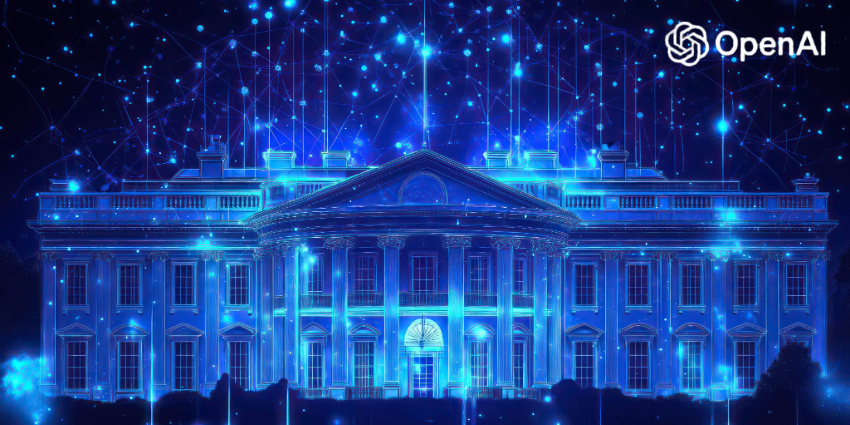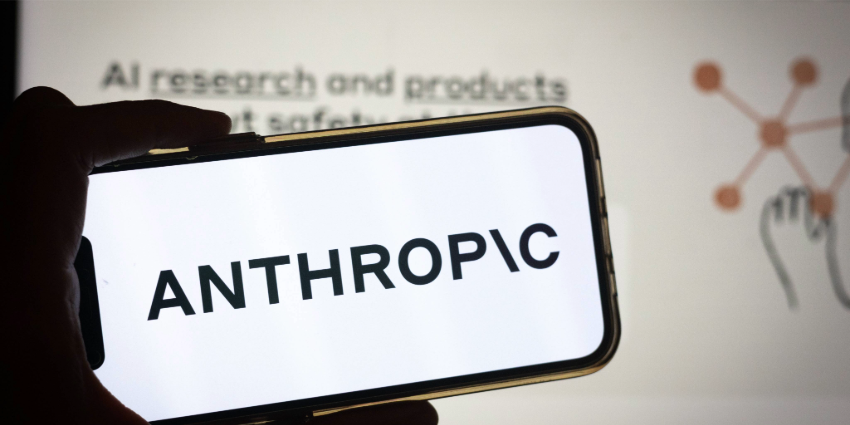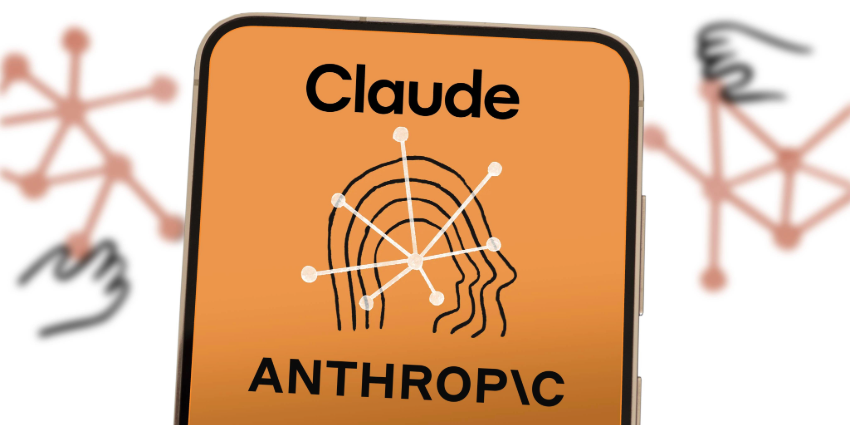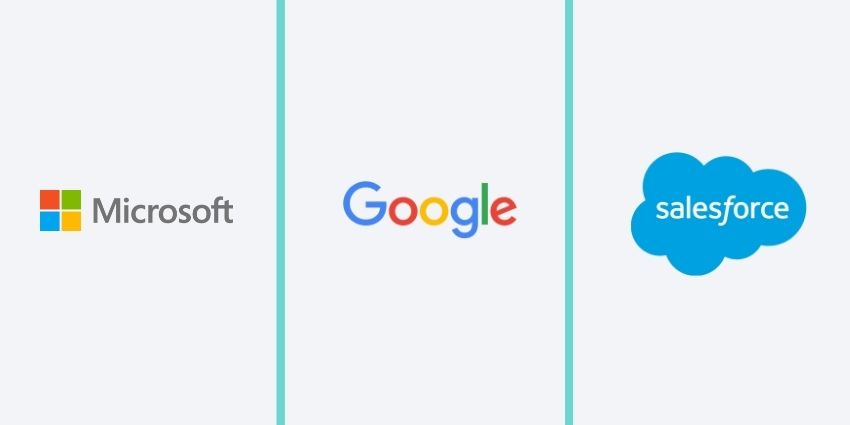OpenAI has unveiled ChatGPT Gov, a specialised version of its AI platform designed specifically for U.S. government agencies.
With over 90,000 users across 3,500 agencies already sending 18 million messages, this strategic launch promises to actually get things done efficiently – or at least generate memos about getting things done efficiently.
Red Tape Gets a Digital Makeover
The U.S. government’s push for enhanced efficiency might come as a shock to anyone who’s ever spent time around central government institutions. Agencies are drowning in paperwork, probably still using PCs from the last Clinton administration, and their AI experience may well just consist of asking Clippy the paperclip for a spellcheck.
The need for AI-powered solutions has become impossible to ignore.
ChatGPT Gov promises to streamline operations with features like GPT-4o, custom GPTs, and an administrative console that hopefully won’t require a 50-page manual to operate.
From “Please Hold” to “Processing Now”
The early government adopters are already showing results that might surprise the skeptics.
The Air Force Research Laboratory has embraced it for administrative streamlining and AI education, proving that even rocket scientists need help with their paperwork.
Los Alamos National Laboratory is putting it to work on scientific research, while Minnesota’s Enterprise Translations Office has revolutionised their translation services well beyond Google Translate territory.
Meanwhile, the Commonwealth of Pennsylvania’s employees are saving 105 minutes per day on routine tasks – although there’s no word on whether this includes coffee breaks.
It’s likely that the uptake of this new ChatGPT capability will continue to grow over the coming days and weeks. Rumour has it NASA is hoping it can explain how to connect to the office printer.
The AI Arms Race: Now With Extra Security Clearance
As Chinese competitor DeepSeek gains prominence, the administration has welcomed ChatGPT Gov with characteristic enthusiasm. The platform runs on Microsoft’s Azure cloud infrastructure – agencies can either use their own commercial Azure setup or the extra-secure Azure Government cloud.
This self-hosted approach means each agency can manage their own digital fortress, complete with enough certifications to make a cybersecurity expert proud: IL5 for intelligence operations, CJIS for criminal justice data, ITAR for defense tech, and FedRAMP High for the most sensitive government systems.
Future-Proofing the Paperwork Pipeline
The launch aligns with broader government initiatives, including the ambitious Project Stargate. OpenAI is working toward expanding its services to Azure’s classified regions, setting new standards for secure government operations.
President Trump’s administration has thrown its support behind streamlining the FedRAMP approval process, recognising the need for faster technology adoption in government services.
With the President’s backing and OpenAI CEO Sam Altman’s timely contribution to the inauguration fund, ChatGPT Gov is set to modernise government operations – although we’re still waiting for the AI that can make a tax return form shorter than War and Peace.
This deployment marks a significant milestone in public sector AI adoption, showing how government services can embrace innovation while maintaining security and compliance.
And who knows? Maybe the next time you visit a government website, it will actually look like it was designed in the current millennium.








